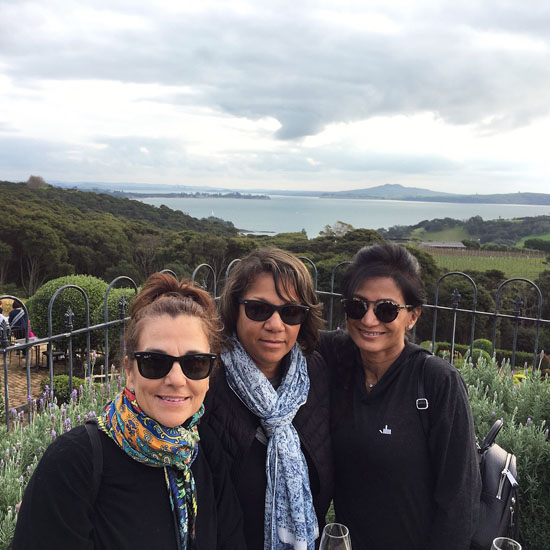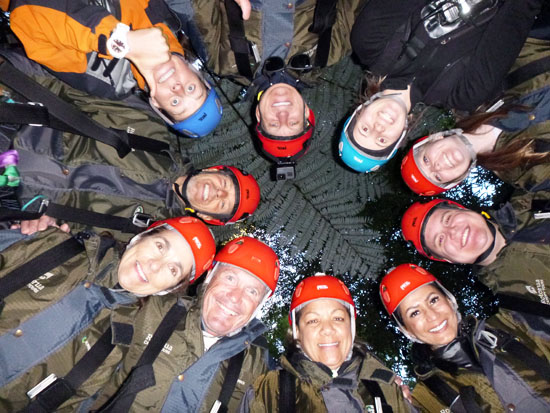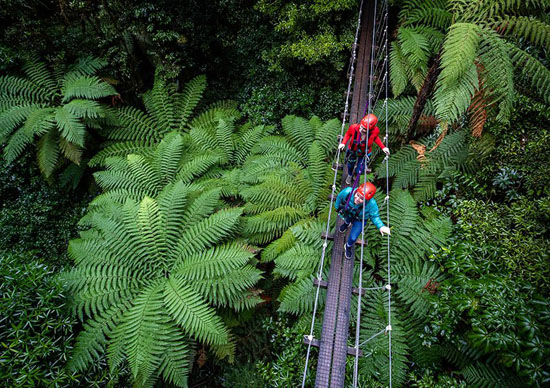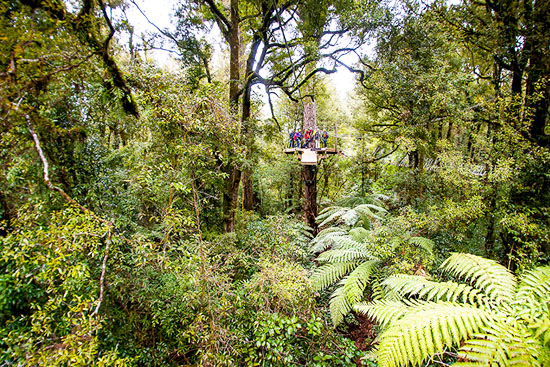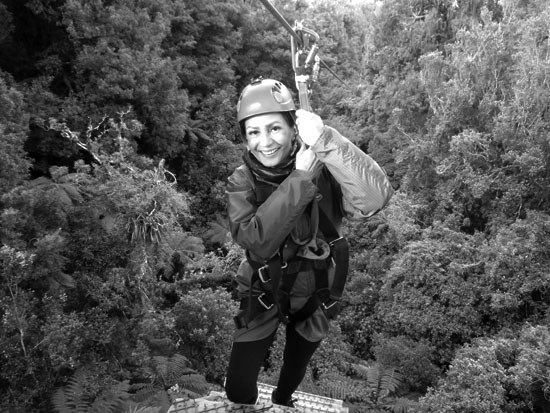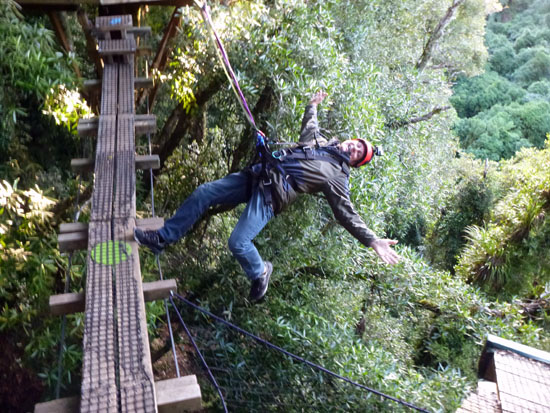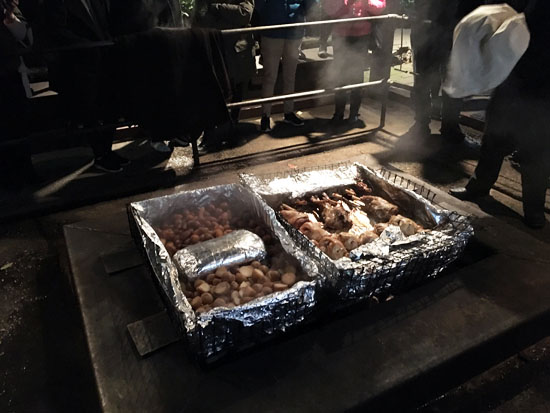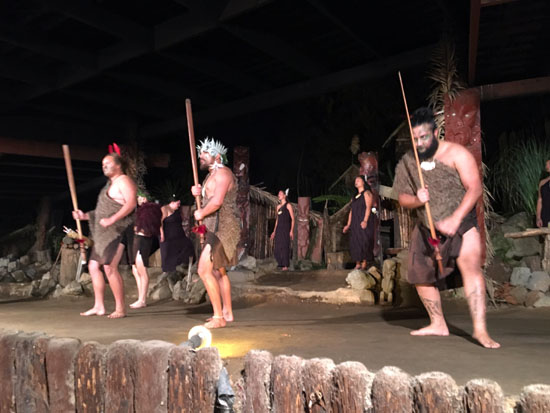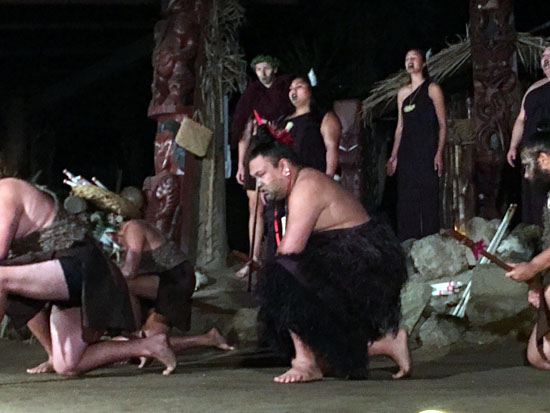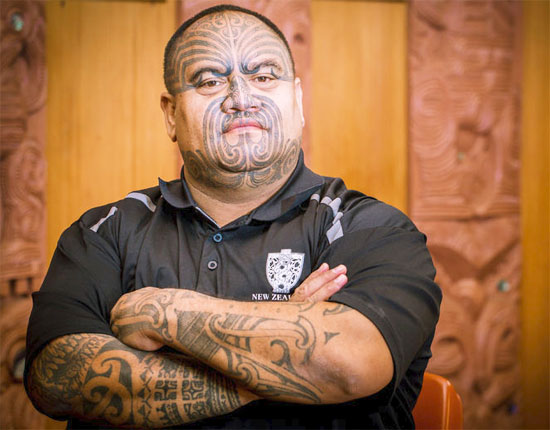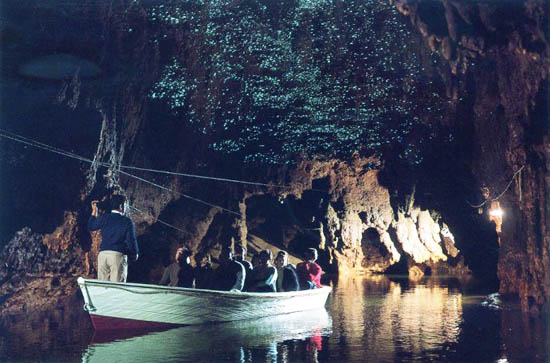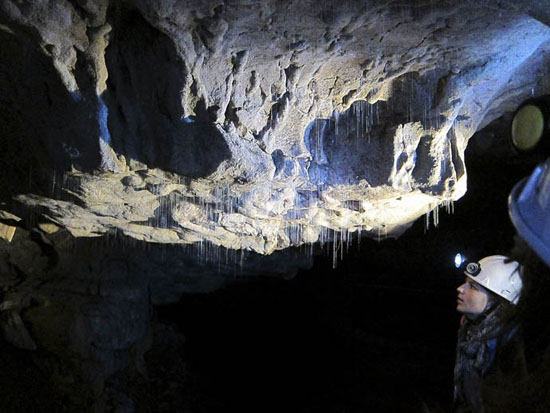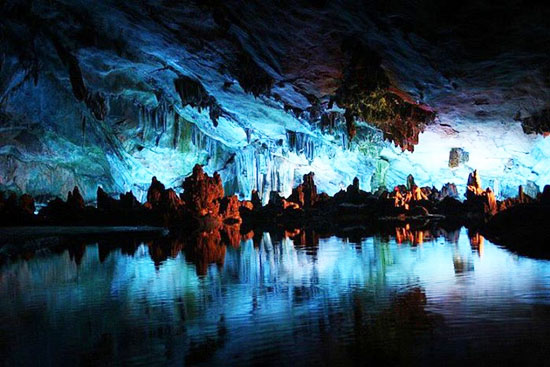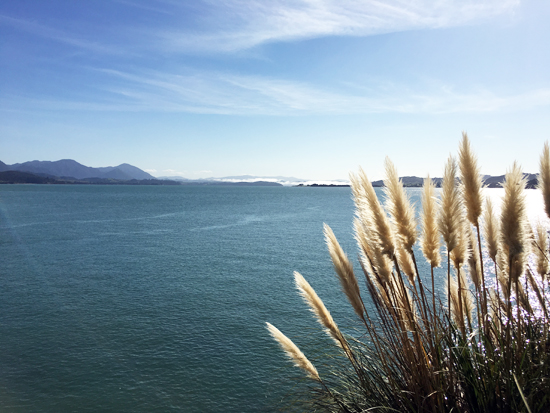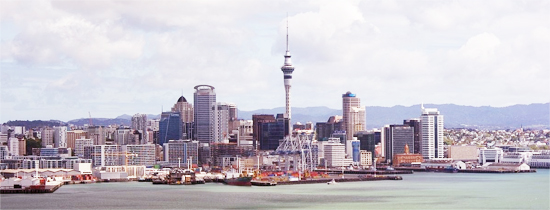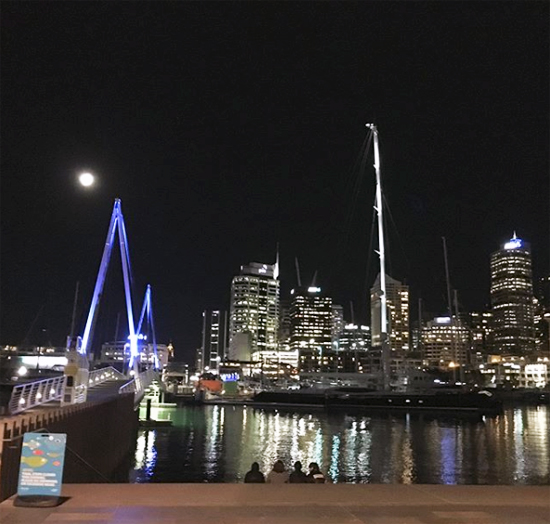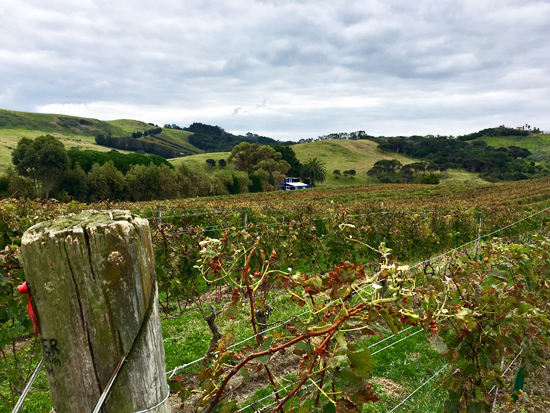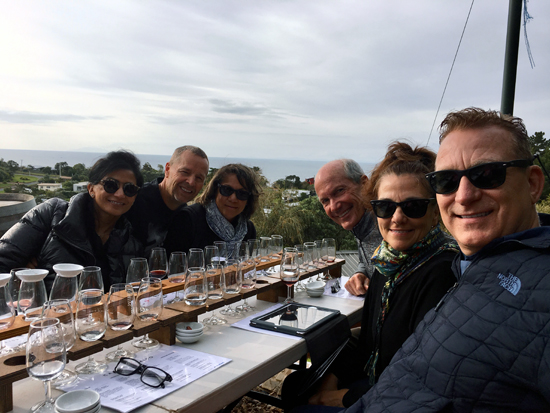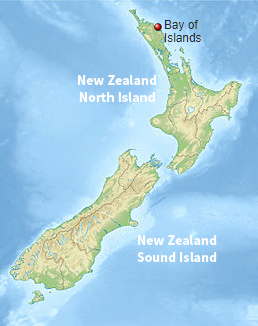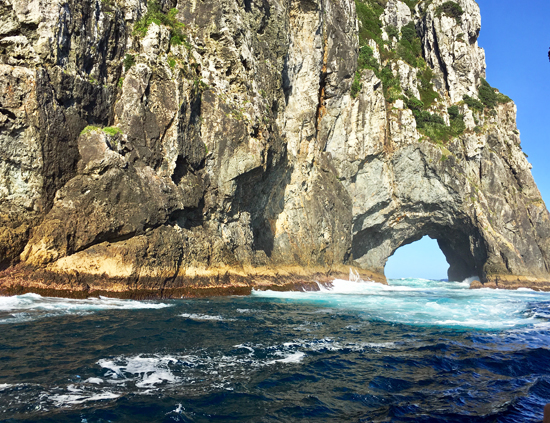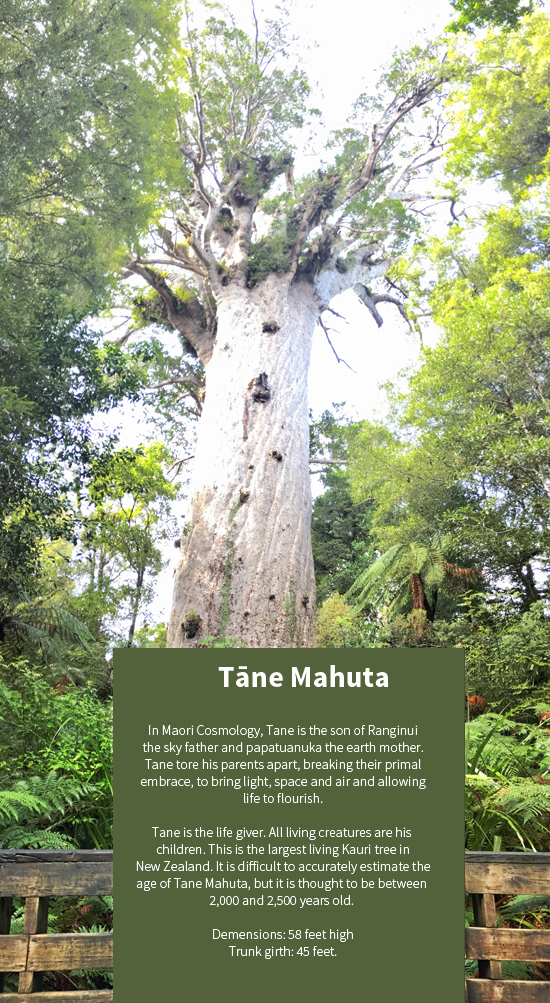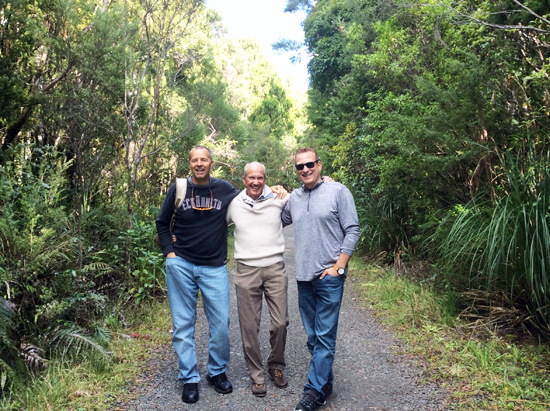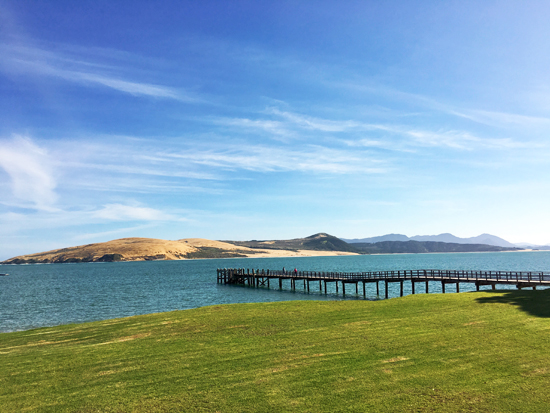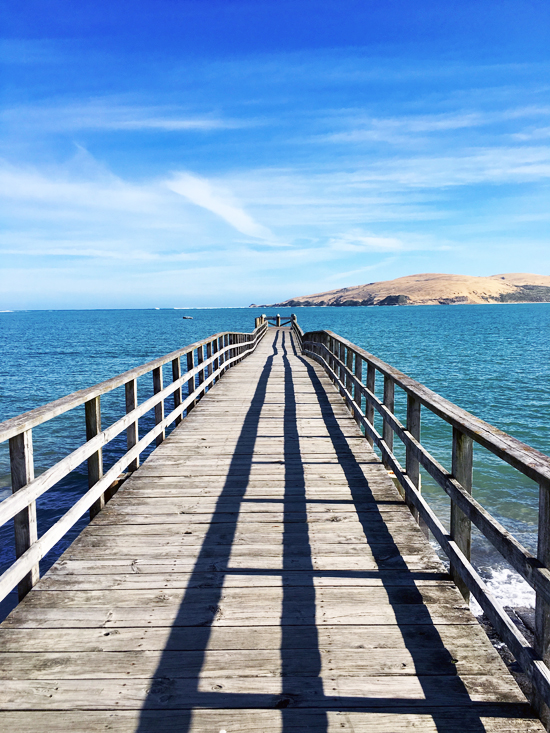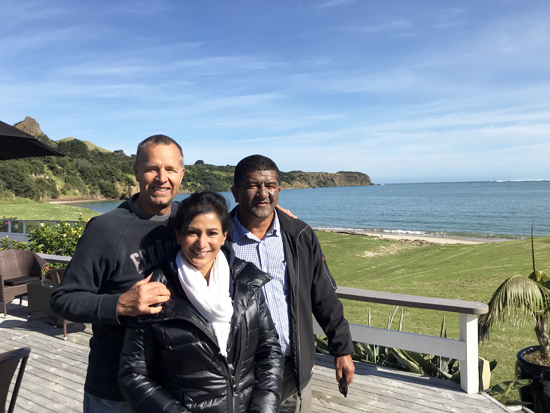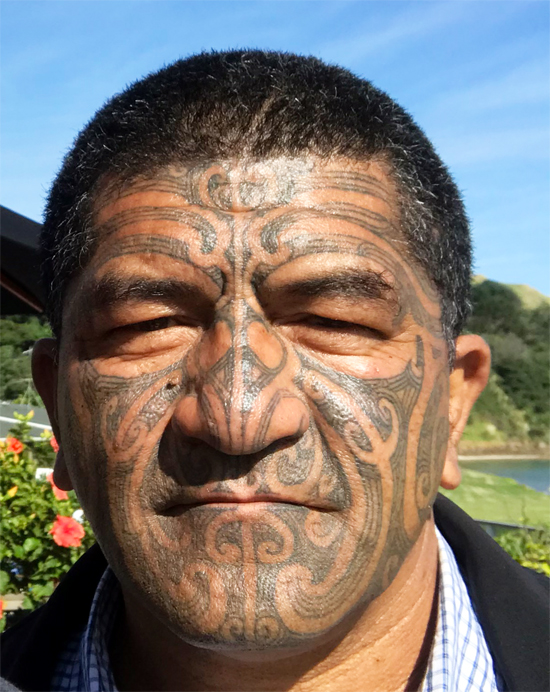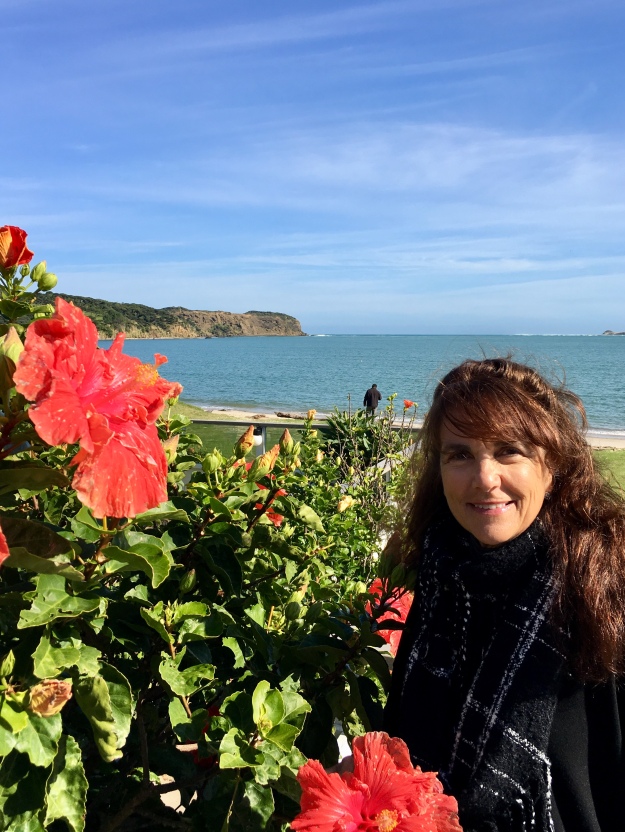If you enjoy trilogies, I’m sure you’ve seen The Hobbit and The Lord of the Rings. Both trilogies were filmed in New Zealand and opening scenes of the trilogies start in the home of the Hobbits, at The Shire in Hobbiton.
When director Peter Jackson was scouting for a location to film Hobbiton, he flew a helicopter over New Zealand. Down below he saw a land of green pasture, rolling hills, and endless sheep and knew it would become the home of the hobbits.
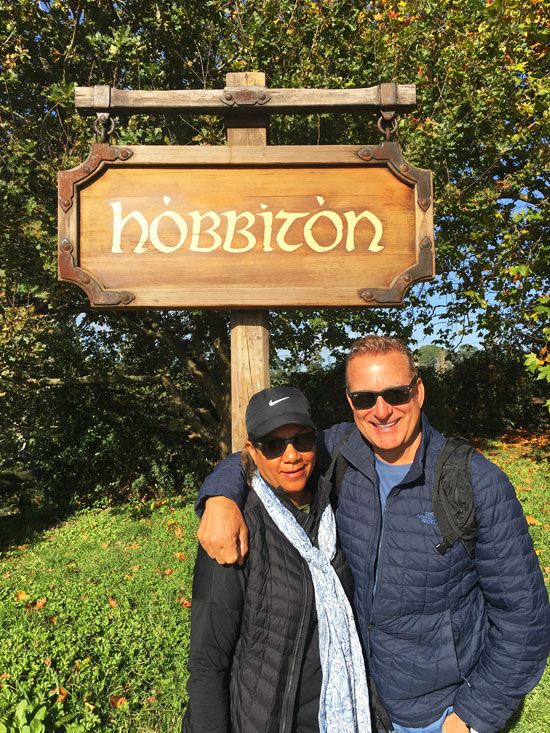
Hobbits are a small people, averaging 3 feet 6 inches in height, have hairy feet, an abundant appetite and sport a good-natured face.
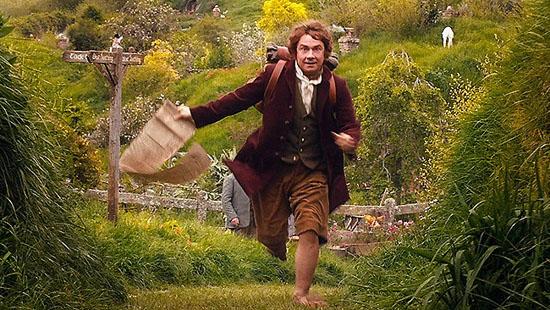
A people of such small stature don’t require large houses so they built small houses just under the surface of rolling hills.
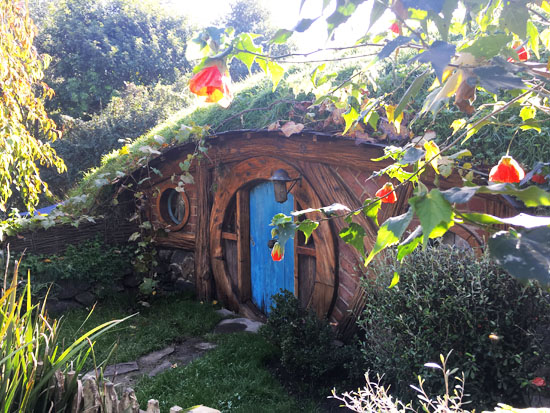
Hobbiton, New Zealand
During the filming of The Lord of the Rings, they created a movie set to show where the Hobbits lived. The town was named Hobbiton and the Hobbits lived in small houses built into the hills with grass roofs. They created this movie set on a sheep farm in the North Island of New Zealand. Once the trilogy was fully filmed, they dismounted the movie set.
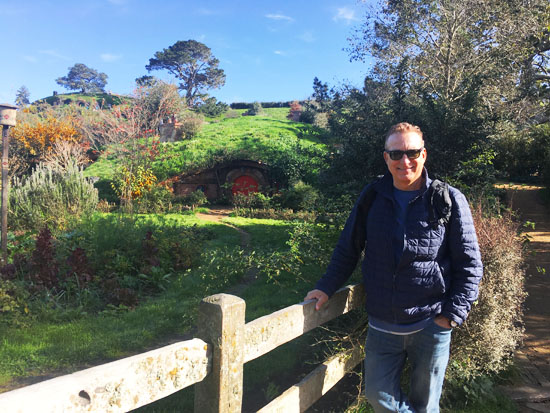
Nine years later, they created The Hobbit trilogy and had to reassemble the movie set. After reassembling the second time, they decided to keep the movie set and make it a tourist attraction so now you can walk around the movie set just as the Hobbits did in the movies!
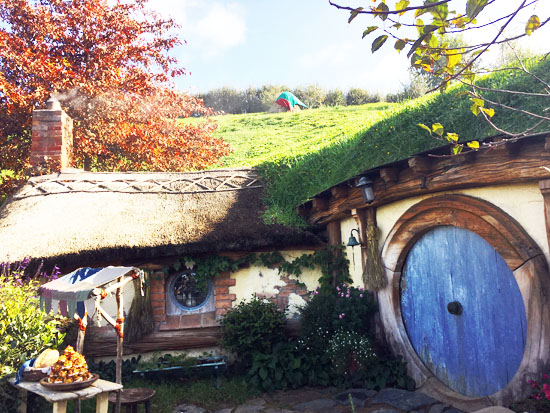
As we began exploring Hobbiton, we were surprised that there were actually 44 Hobbit houses and the village is quite large.
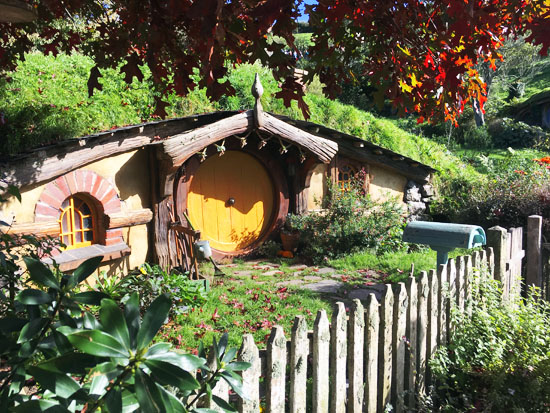
You will also see Hobbit clothes dangling from clotheslines.
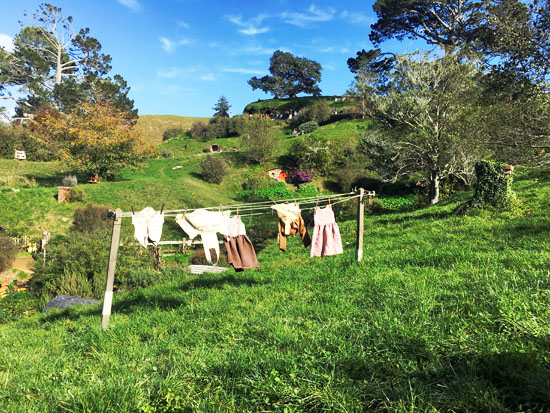
Since Hobbits are only 3 feet 6 inches tall, most of the Hobbit houses have small circular doorways. However, since they filmed some of the shots with actors of average height, some of the houses actually have regular sized doors.
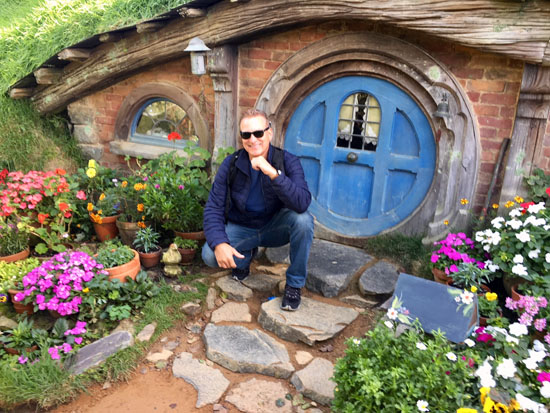
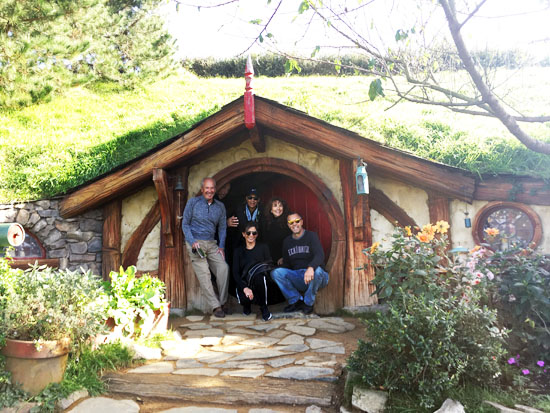
You will find all kinds of Hobbit houses here that represent the work that each Hobbit does (fishermen, etc.).
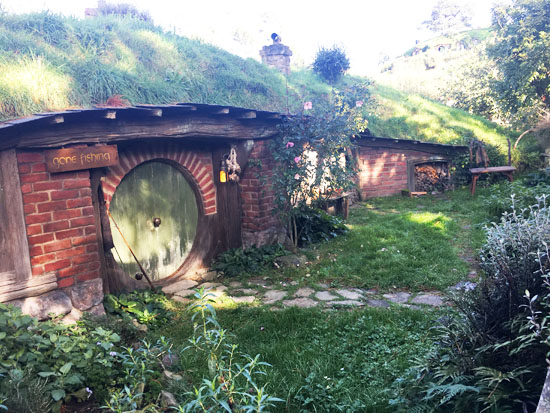
Peter Jackson filmed the series and went through painstaking detail to ensure that Hobbiton was true to the original books. All of the surroundings are real (hills, trees, etc.) with the exception of one tree, it is the tree in the picture below. This is actually a fake tree that Jackson had created to ensure it was true to the books. In person, you can’t tell it is a fake tree.
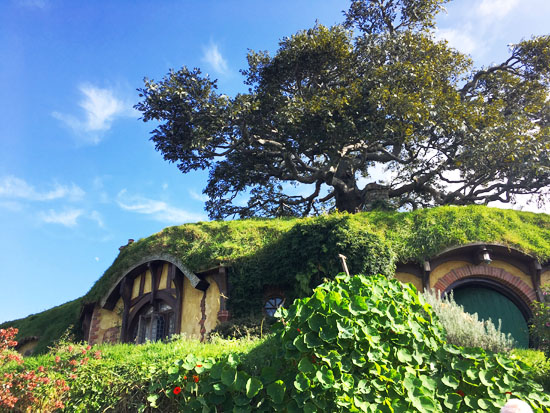
The village has a pond with beautiful surroundings.
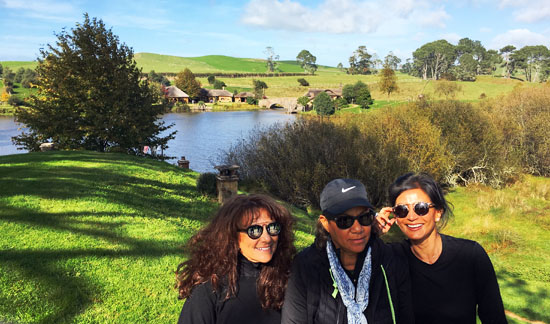
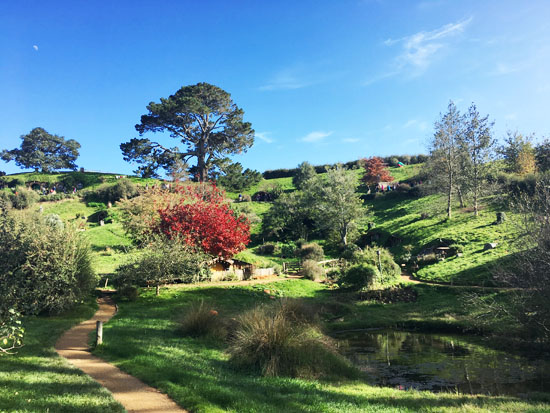
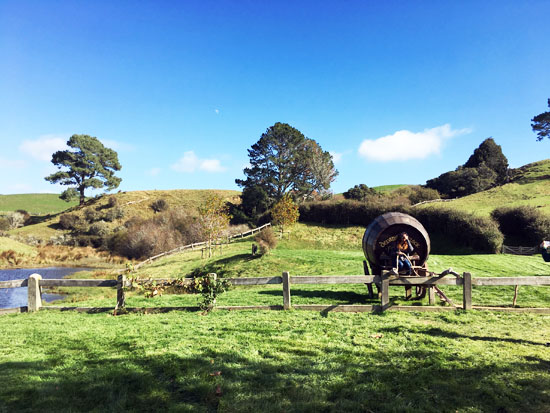
So you may be wondering what the interior of the Hobbit houses looks like? Well, sorry to fill you in on this but if you open the door, it is simply a cave of dirt, nothing behind the facade.
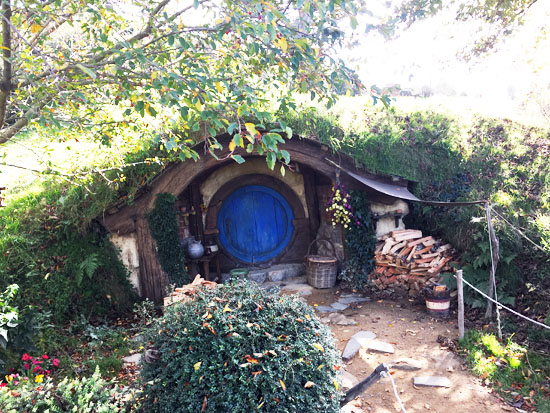
Wai-o-Tapu Thermal Wonderland
Just outside of Rotorua is Wai-o-Tapu thermal wonderland. If you haven’t visited Yellowstone National Park, you will be impressed with the thermal pools and geysers. However, if you’ve visited Yellowstone, it’s not so special.
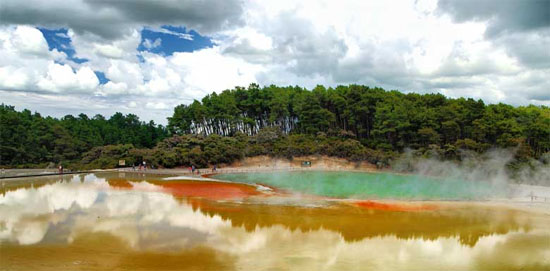
Due to dramatic geothermal conditions beneath the earth, the area has many hot springs noted for their colorful appearance. This area has been named in the “20 Most Surreal Places you need to see to believe” by Trip Advisor.
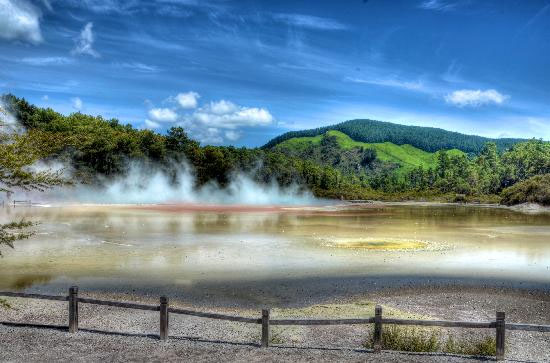
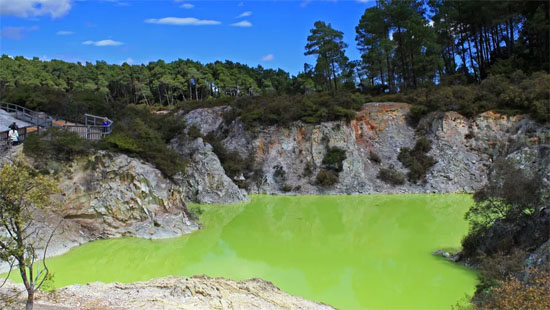
One of the main attractions is a geyser named Lady Knox Geyser that supposedly erupts every day at 10:15 a.m. We were wondering how it could be that consistent. Once there, we found out that if laundry detergent is placed inside of the geyser, it will erupt within minutes. So each day at 10:15, a ranger dumps a cup of laundry detergent into the geyser and it does its thing.
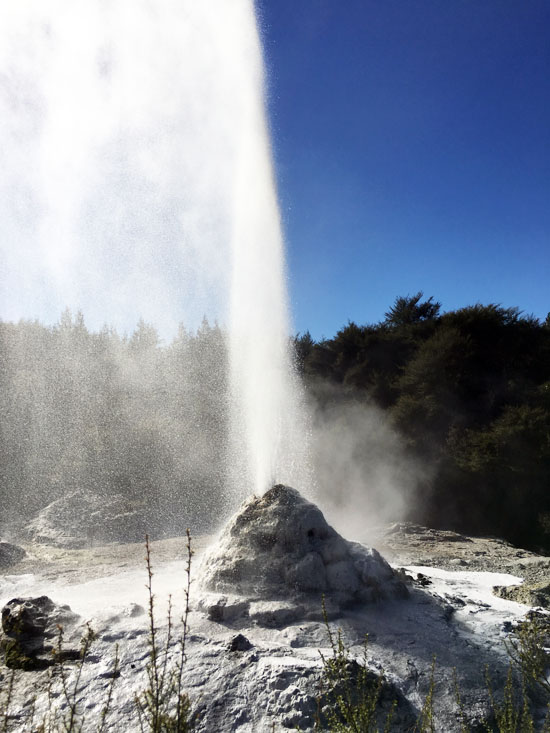
Huka Falls
As we began making our way towards the ferry that takes you to the South Island, we stumbled on to Huka Falls. Huka Falls is a section of the Waikato River that narrows from over 300 feet wide to 50 feet wide. This narrowing causes a huge volume of water to collide and funnel through the rocky gorge, forming an incredibly powerful set of rapids.
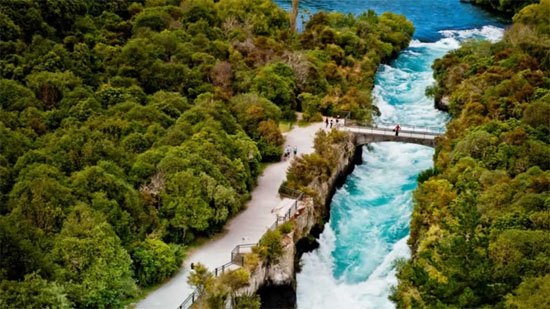
Huka Falls passes enough water through to fill up an Olympic sized pool every 11 seconds, amazing! If you’re traveling south and want to stretch your legs or take a hike, Huka Falls is a good spot to stop.
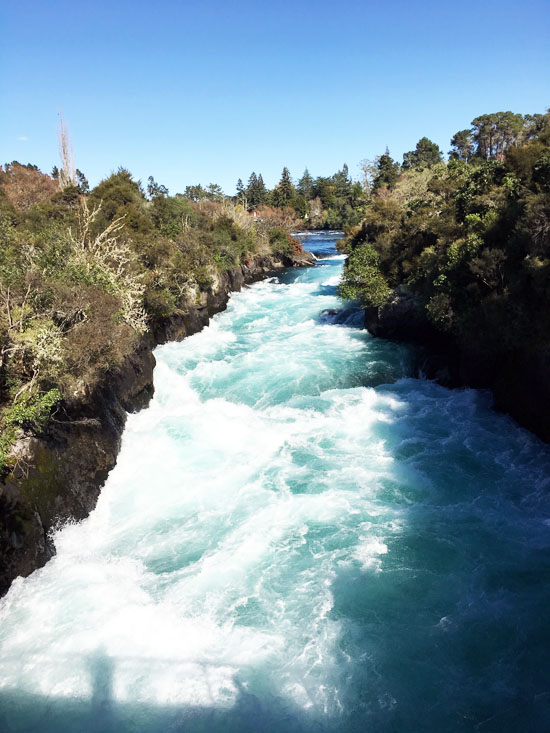
Taupo
Close to Huka Falls is Taupo, a city flanked by mountains and a beautiful lake. It is also a good spot to stop for lunch, they have an amazing selection of restaurants.
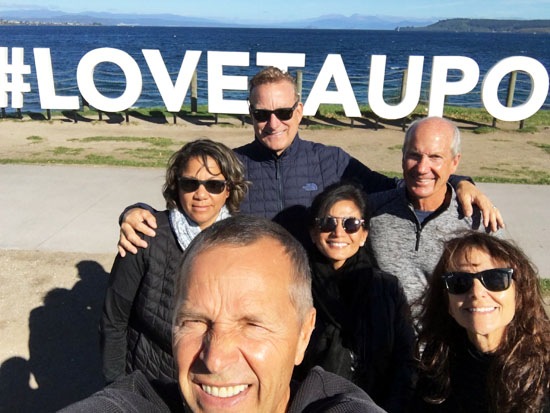
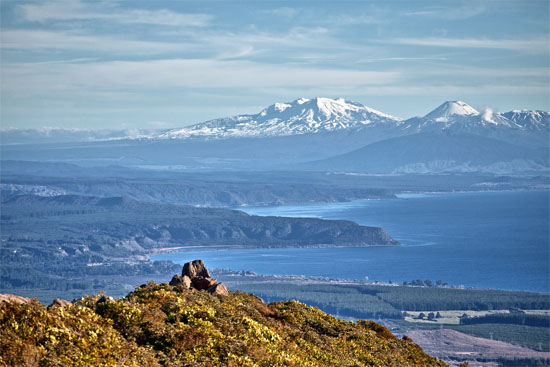
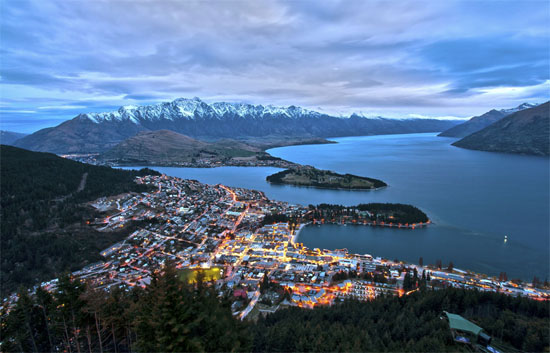
What’s Next?
Our next blog will take us to the south Island of New Zealand as we cruise the fjords from north to south. We will also visit the Marlborough, the premier wine country of New Zealand.
I’ll leave you with a picture of our beautiful wives and great travel partners. How lucky are we?
